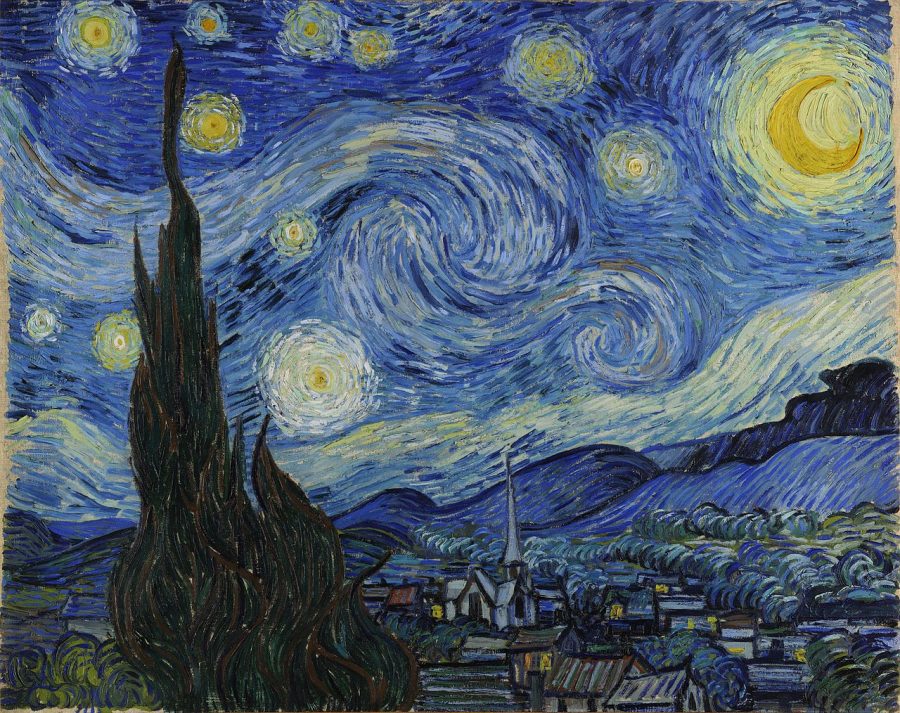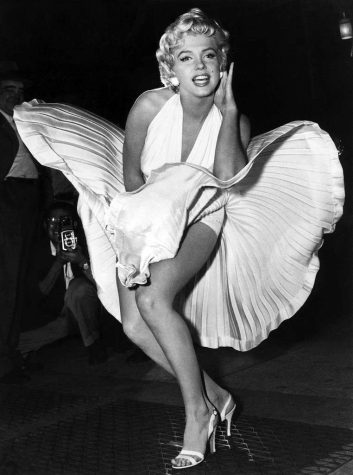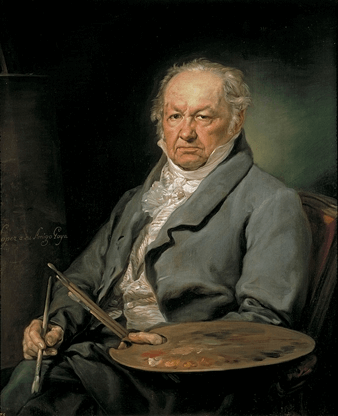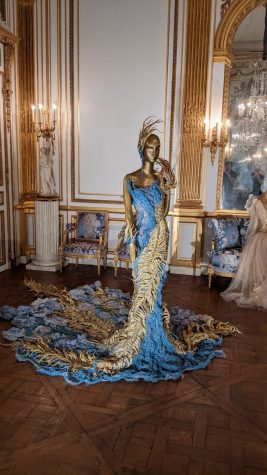Famous Artist Spotlight: Van Gogh’s Legacy and the Importance of Art
Art is a vital part of our lives. It’s all around us. Whether you listen to your favorite song on the radio, or pass by a beautiful mural, you experience art every day. These coincidences are important points of elevating our everyday experiences, but it’s easy to lose sight of the overall impact of art on communities.
As humans, we crave art as a form of expression and communication; we are naturally drawn to art for this reason. In this sense, art is communication; it allows people from various cultures and different times to connect with each other through images, sounds, or stories. A form of expression most widely used, especially in the past, was articulate paintings. The famous Dutch painter, Vincent van Gogh, was globally known for becoming perhaps the most applauded painter of all time, especially after his death.
What made Van Gogh distinguishable between artists even today is that his drawings have the special effect to depict figures, landscapes, and light in an admirable way without the need for color. In the late nineteenth century, e artists often focused on works of pencil, black/red/red chalk, reed pen, and charcoal while Van Gogh found pleasure in mixing mediums through his creative process. A great way to describe these canvases of his is densely laden. He often included visible brushstrokes rendered in a bright, opulent palette that emphasized Van Gogh’s personal expression brought to life in paint. Each of his paintings provides a direct sense of how the artist views each scene: interpreted through his eyes, mind, and heart.
While it’s incredible to hear that Van Gogh had found a significant amount of fame posthumously, his life was not as smooth and untroubled as his characteristically colorful canvases would suggest. The artist was faced with multiple challenges during his career. He encountered scuffles from financial struggles to wavering mental health. Eventually, the weight of these issues led him to be capable of being shaped over time, evolving with each phase of his life. As an artist, he was able to create luminous landscapes, expressive portraits; all containing a part of him, a sole representation of himself.
Van Gogh lived more than 115 years ago, yet his artwork is still altering how humans view persona, beauty, style, and individuality in art today. His thousands of drawings and paintings have specific characteristics that just cannot be copied or duplicated by any. The artists’ distinctive life is inspiring thousands to be active in any form of art they find fitting. In truth, what’s considered the archetypical “artist persona” to many people today is widely a result of his influence.
Art is so diverse; it’s understood so differently by a variety of people. One special definition of the word, penned by Leo Tolstoy, is that “art is the activity by which a person, having experiences an emotion, intentionally transmits it to others.” Vincent Van Gogh is a tragic, yet perfect example of this transmission. With his critical paintings shaping the journey of art for himself and many, he remains one of the most important figures in the entire history of art even today; celebrated for both his admirable approach to life and his artistic practice.







